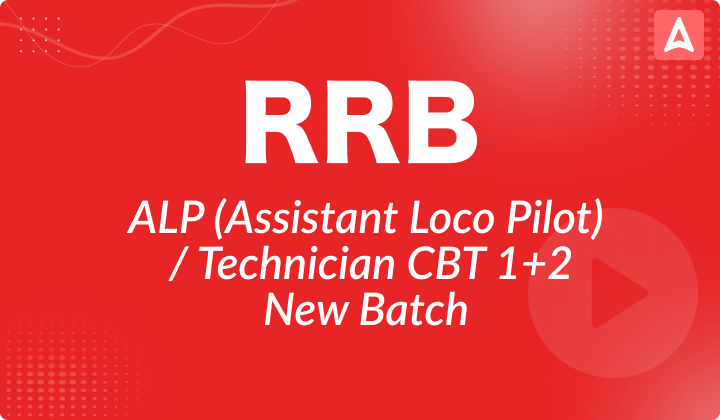Know your strengths and practice your concepts with this quiz on NHPC JE Recruitment 2021. This quiz for NHPC JE Recruitment 2021 is designed specially according to NHPC Syllabus 2021.
Quiz: Civil Engineering
Exam: NHPC-JE
Topic: Miscellaneous
Each question carries 1 mark
Negative marking: 1/4 mark
Time: 8 Minutes
Q1. Hydrodynamic pressure due to earthquake acts at a height of a dam?
(a) 4H/3π above the base
(b) 3H/4π above the base
(c) 3H/4π below the surface
(d) 4H/3π above the water surface
Q2. By gravitational forces which soil is transported?
(a) Dune sand
(b) Talus
(c) Loess
(d) Drift
Q3. Web crippling in beams generally occurs at the point where-
(a) Concentrated load act
(b) Shear force is maximum
(c) Bending moment is maximum
(d) Deflection is maximum
Q4. Which of the following is softwood?
(a) Deodar
(b) Teak
(c) Sal
(d) Mahogany
Q5. Method used to make an estimate is
(a) Thin wall and thick wall method
(b) Center line method
(c) Both (a) and (b)
(d) Center of gravity method
Q6. The sensitivity of a bubble tube is 20”. The staff is placed at a distance of 200 m. if bubble is out of one division, then error in reading will be.
(a) 0.0194 m
(b) 0.1940 m
(c) 0.0704 m
(d) 0.707 m
Solutions
S1. Ans.(a)
Sol. Hydrodynamic pressure due to earthquake is Fe= 0.555k_h γ_wH² and it is acts at a height of 4H/3π above the base of dam. Where H=seepage head, γ_w=unit weight of water, k_h=seismic coefficient.
S2. Ans.(b)
Sol. Talus soil – it is form due to transportation by gravity force. It is found in mountain, valleys etc. and also known as colluvial soil.
S3. Ans.(a)
Sol. A beam is designed to resist maximum bending moment and is checked for shear stress and deflection, and also for web crippling and web buckling. web crippling in beams is generally occur at the point where concentrated load act.
S4. Ans.(a)
Sol. (1) Exogenous tree → They are grown in bulk in outward directions. They are subdivided into two types-
(a) Conifer trees/Soft wood trees → These trees possess distinct annular rings and indistinct medullary ring. They are light, soft, resins, light in colour etc. They are also called as soft wood.
Ex. Chir, deodar, pine , willow sandel, mulberry etc.
(b) Decidous trees/Hard wood trees → These trees are having Broad and well-defined leaves. They possess indistinct annular ring and distinct medullary rings. They are hard, Strong, dark in colour etc. They are also called as hard wood.
Ex. Sal, teak, oak, babul, shishum etc.
(2) Endogenous trees → They are grown in bulk in inward direction.
Ex. Bamboo, cane, palm tree
S5. Ans.(b)
Sol. Center line method is quick method of estimating the building work. It is most suitable for walls having the same thickness. In this method, the center line for each type is worked out and then multiplied by the breadth and depth of respective item to get the total quantity.
→ In case of verandah or partition walls and other T – junction, the center line length shall be deducted by the half of thickness of wall.
→ No deduction is made for total length of the central line at the corner where two walls meet.
S6. Ans(a)
Sol. “Sensitivity “(α)=20^” ” ”
“No.of division “(n)=1
“Distance “(D)=200m
“Staff reading ” (S)=?
α=S/nD×206264
20=S/(200×1)×206264
S=0.0194m.

















